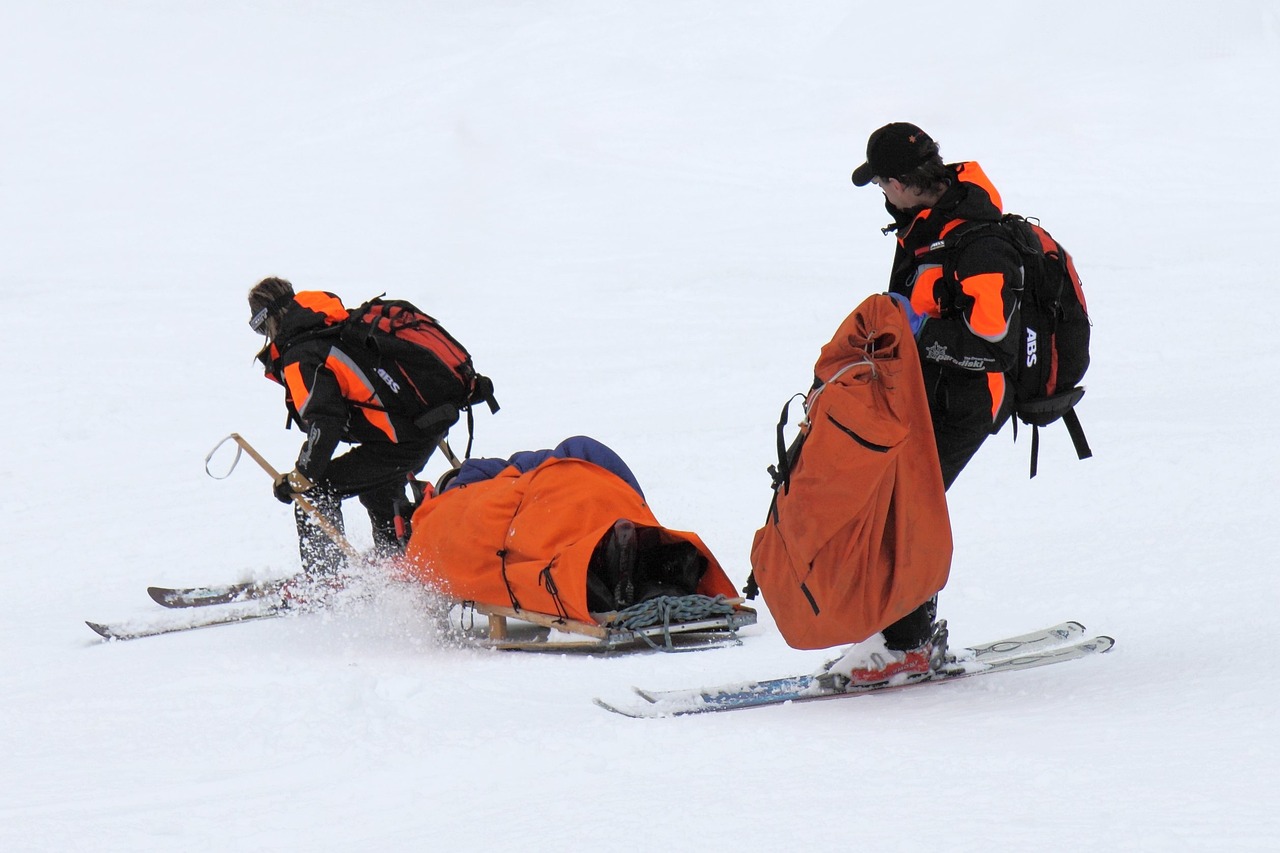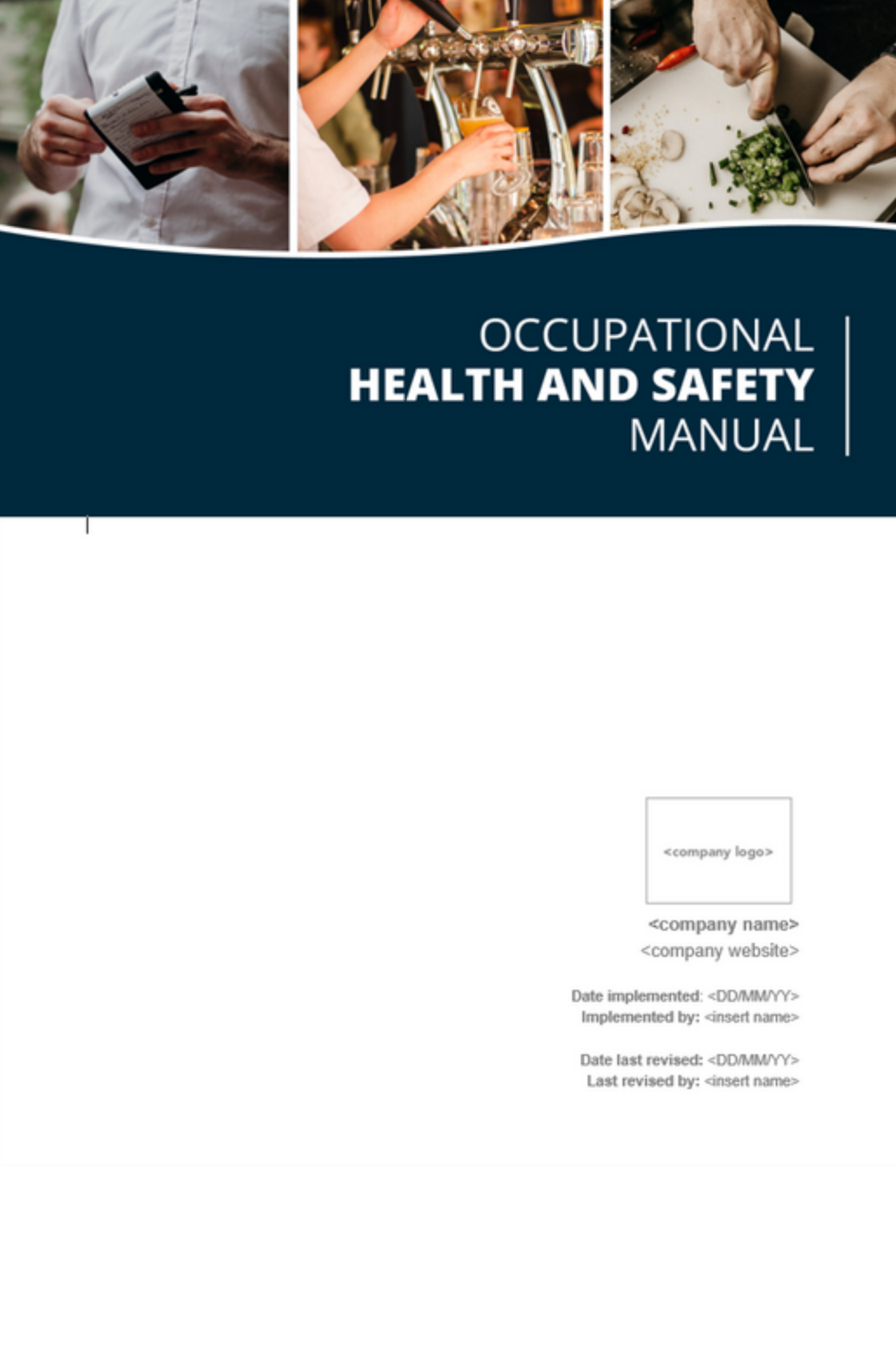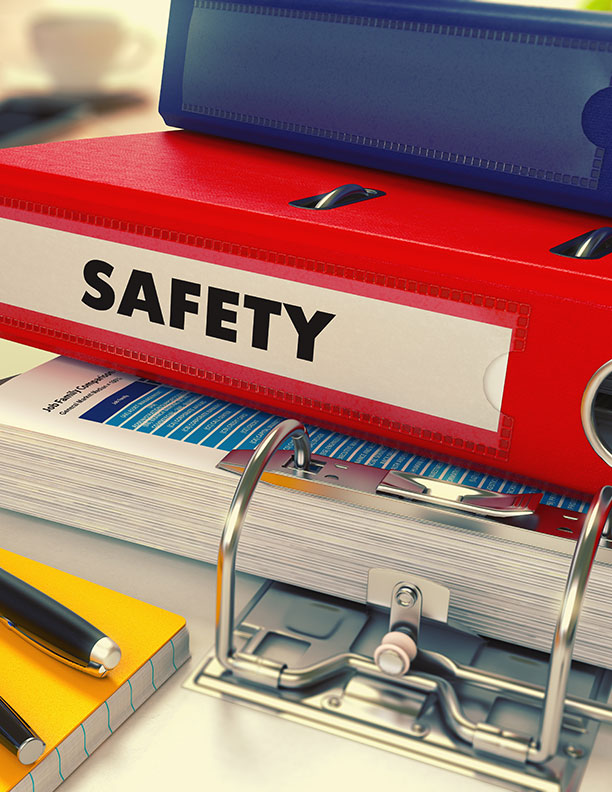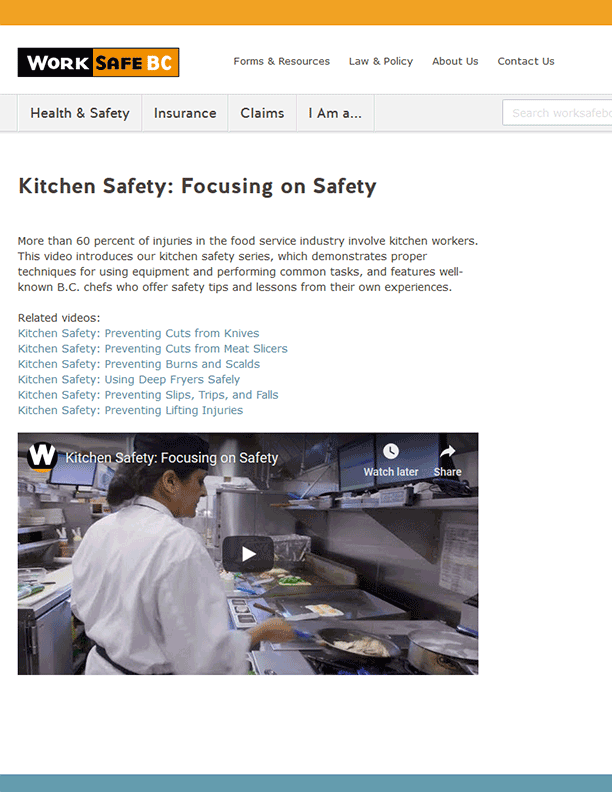July 31, 2017
Fit For Snow Program Looks at Injury Prevention
British Columbia’s ski school instructors, lift operators, and patrols are hard at work this time of year. These are challenging jobs which can put workers at high risk of injury. With support from WorkSafeBC’s research program, exercise physiology expert Delia Roberts took a closer look at those workers and what can be done to reduce their injury rates and keep them healthy and on the job.
The study focused on the relationship between work-related injuries and factors like blood sugar levels, reaction time, focus, body movement patterns, and workload for on-snow ski area workers. Although we might expect to find super healthy athletes working the slopes, among the study’s findings were some surprising figures. For example, just 49 per cent of the workers reported participating in exercise outside of their jobs.
In the big rock candy mountains?
A large number of on-snow workers had poor diets, with many consuming twice the daily recommended amount of sugar and fat, and most not drinking enough water. Dietary imbalances led to 25 per cent of workers reporting symptoms of low blood sugar – shakiness, confusion, and/or fatigue – at least once a day. Additionally, base fitness levels were low, with 32 per cent being overweight and 18 per cent obese.
With the data she collected, Roberts developed Fit for Snow, a program designed for the work culture, needs, and lifestyles of winter resort workers. It gives users strategies for improving fitness, nutrition, and endurance to make them healthier and safer at work, and to help them achieve personal performance goals. “We identified a problem and created a solution that fits the industry and the individual,” Roberts explains. “18-year-olds may not worry about getting hurt, but they will follow a program if it gives them other results they want.”
An ounce of prevention
Roberts developed a range of materials for use in staff training, including easy-to-follow tools like the Top Ten Tips. Once training was complete and the ski season was underway, injury rates from five test ski areas were monitored and compared to incidents from previous years. Injuries were also monitored in five similar ski areas where Fit for Snow was not used. The ski areas that used the program saw a decrease in workers’ compensation claims by an average of 70 per cent from the previous year. For the five resort areas in the study that did not participate in the program, overall claims increased by 10.5 per cent.
The benefits of the program are clear, Roberts says. “The training package is easy to implement, and fits in with training that already takes place. Workplaces can look at injury prevention training programs like this in parallel to providing personal protective equipment.”
For a relatively small investment of time and resources, a considerable reduction in injuries – and savings in compensation and time loss costs – was seen. Roberts hopes that will translate into more ski areas using the program. “I’d like to see a train-a-trainer program implemented. Part of the transition that needs to happen would be for it to become a self-sustaining program,” she concludes.
go2HR is BC’s tourism & hospitality, human resources and health & safety association driving strong workforces and safe workplaces that deliver world class tourism and hospitality experiences in BC. Follow us on LinkedIn or reach out to our team.



